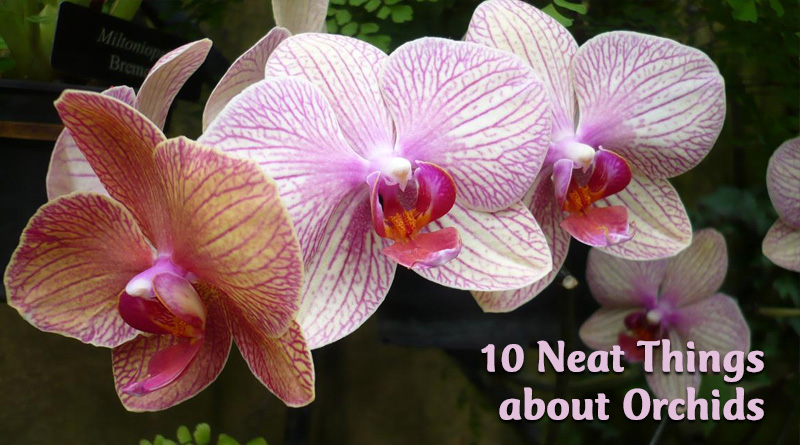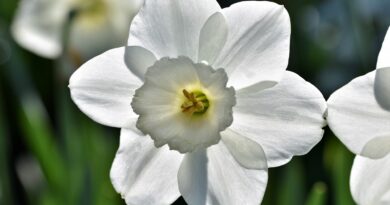About Orchids
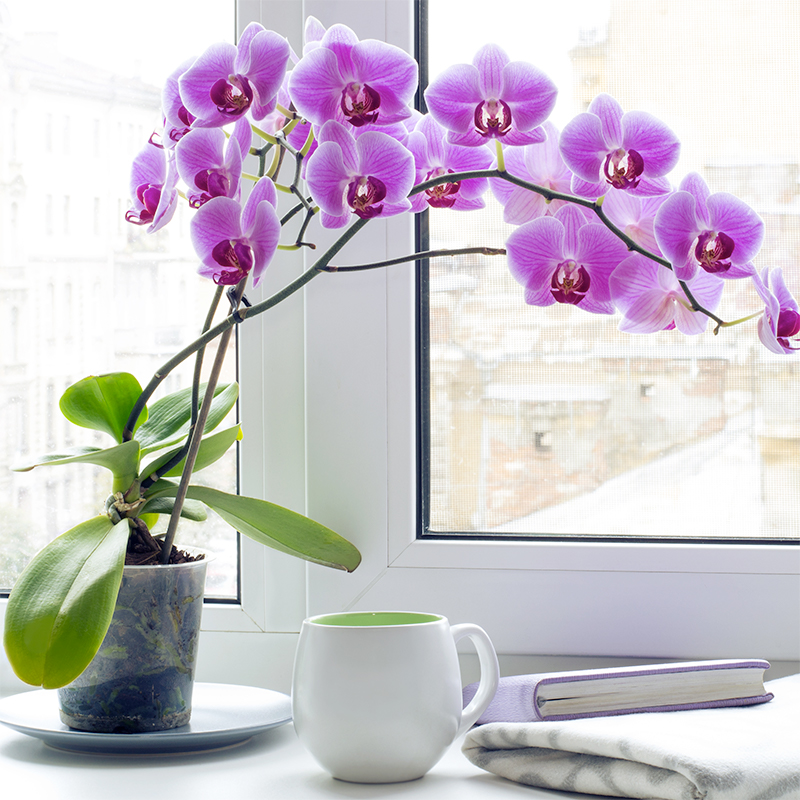
1. Gardener, put down that watering can!
More windowsill orchids die from drowning than any other cause. Just because many of them grow in humid conditions doesn’t mean they like to be wet all the time. Indeed, the orchids we most commonly grow in our homes like their potting mix to dry out on the surface before you water them again.
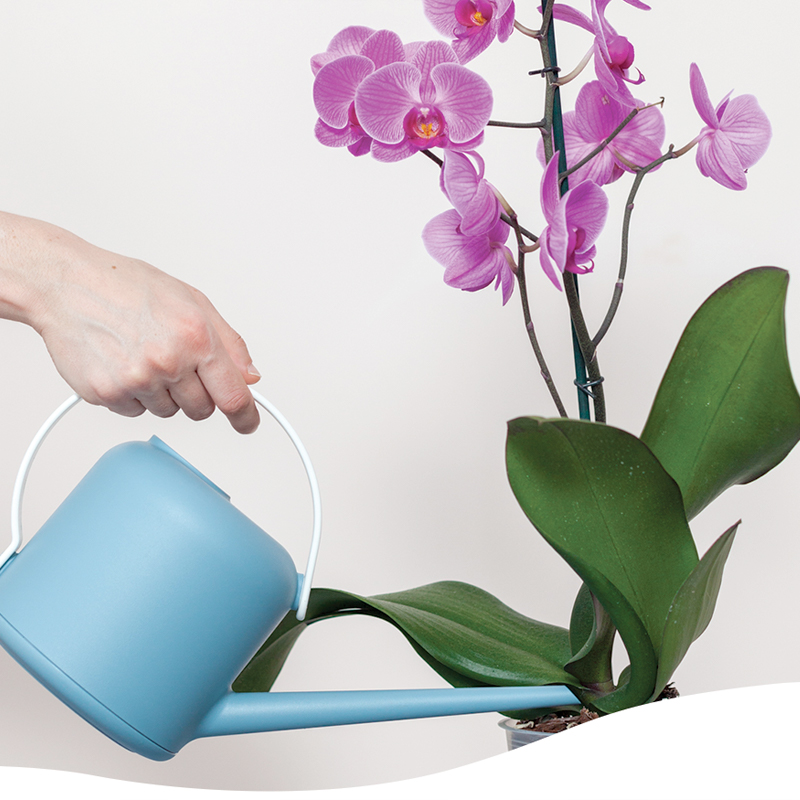
2. Let your fingers do the talking.
Not overwatering does not mean that you should let your orchid dry out completely. Check to see that the surface of the potting medium is dry to the touch before watering. If you probe just below the surface, you should feel some slight dampness. If you can’t trust your finger meter, then water once a week or every other week, depending on the humidity in your home. Orchids in the kitchen can probably do with every other week.
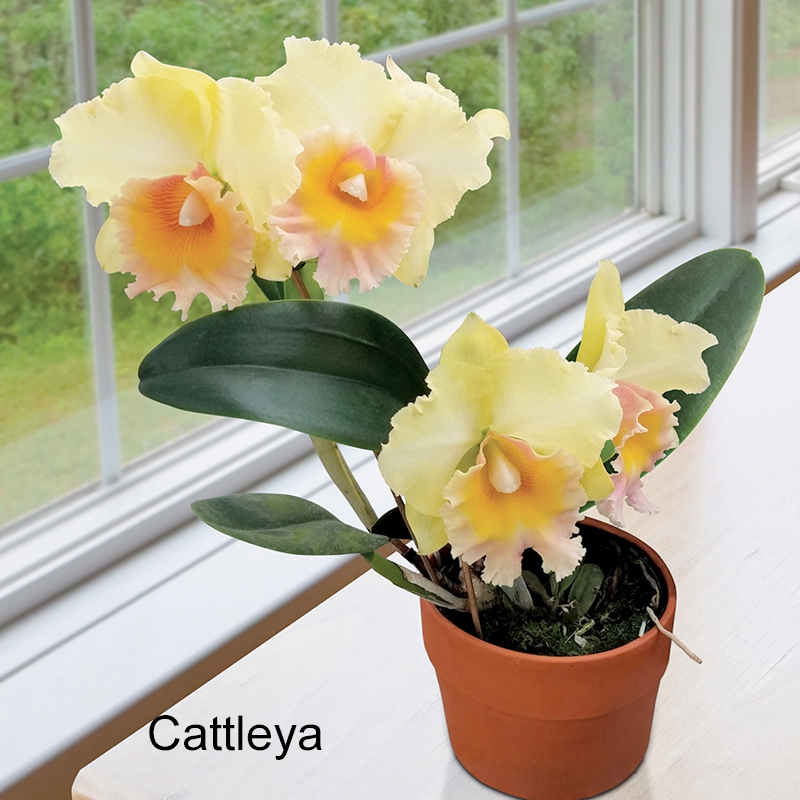
3. The top six.
We tend to grow mainly Phalaenopsis and Dendrobiums, but also on the popular list are Cymbidium, Oncidium, Odontoglossum and Cattleya. They all like temperatures in the 10 to 21 Celsius range and medium to bright light, and are long blooming. Both Phalaenopsis and Cymbidiums can be encouraged to bloom by a drop in temperature to below 10 Celsius for a few weeks. Phalaenopsis and Oncidium don’t mind temperatures up to 24 Celsius.
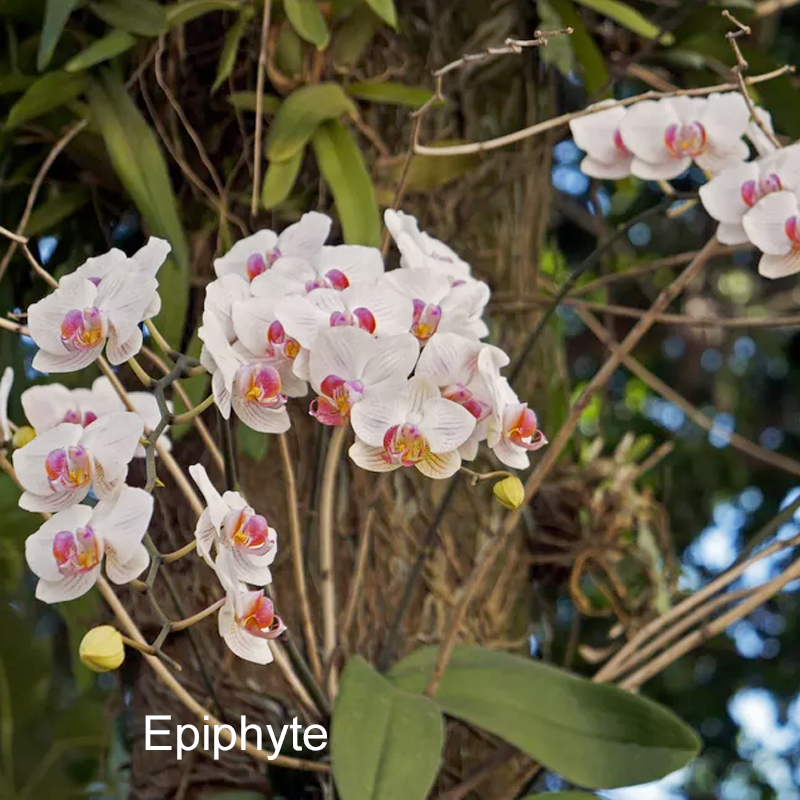
4. To feed or not to feed.
Orchids are highly sensitive to fertilizer. They are light feeders adapted to getting their mineral nutrients from the atmosphere (some orchids are epiphytic, meaning they obtain their nourishment from the air, although they may attach themselves to another plant for stability). Growing in controlled circumstances inside your home limits the amount of nitrogen and water and hence the nutrients they derive from the water available to them. Nitrogen is further depleted by the decaying of the bark in their planting medium. Therefore, you should use a balanced 20-20-20 fertilizer at a weak strength – 10 percent if feeding every time you water, 25 percent of what is normally recommended for houseplants if feeding monthly. A seaweed solution can be used occasionally to provide trace elements. It is better to underfeed than to overfeed.
5. Don’t kill with kindness.
People so love their plants that they often go overboard to give them the best, including softened water. Don’t! The salts in this treated water can be very harmful to any plant, but especially to orchids.
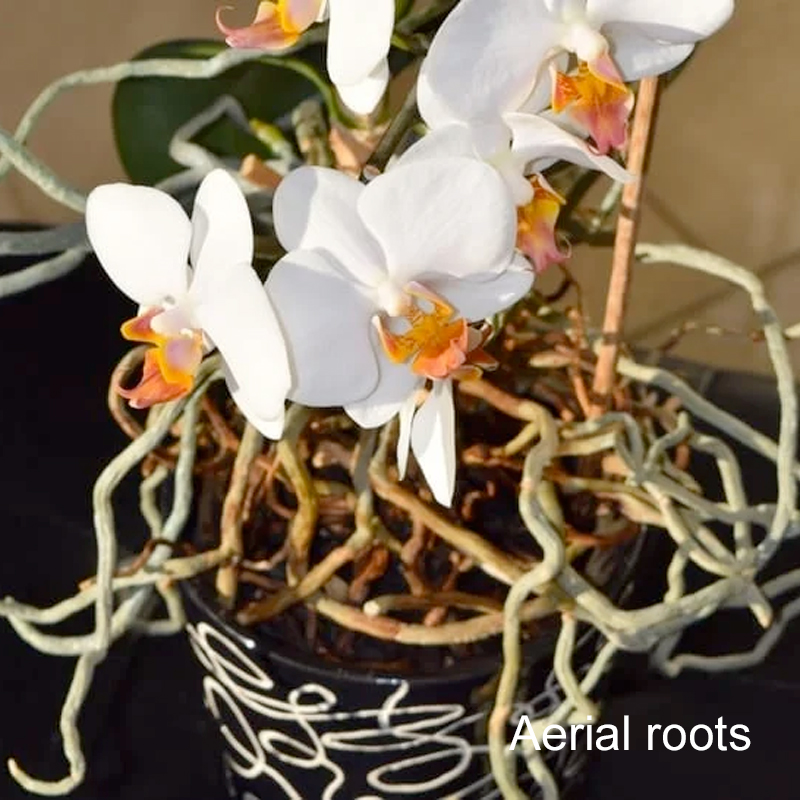
6. Out of control roots.
Happy orchids have happy roots and Phalaenopsis are famous for sending out thick air roots, which in the wild are searching for minerals and water from the air around them. Healthy roots will be whitish green, becoming greener when misted or watered. Let them grow and give them a misty drink from time to time or take the plant to the sink and let the water run through, a good idea for any of the six mentioned above.
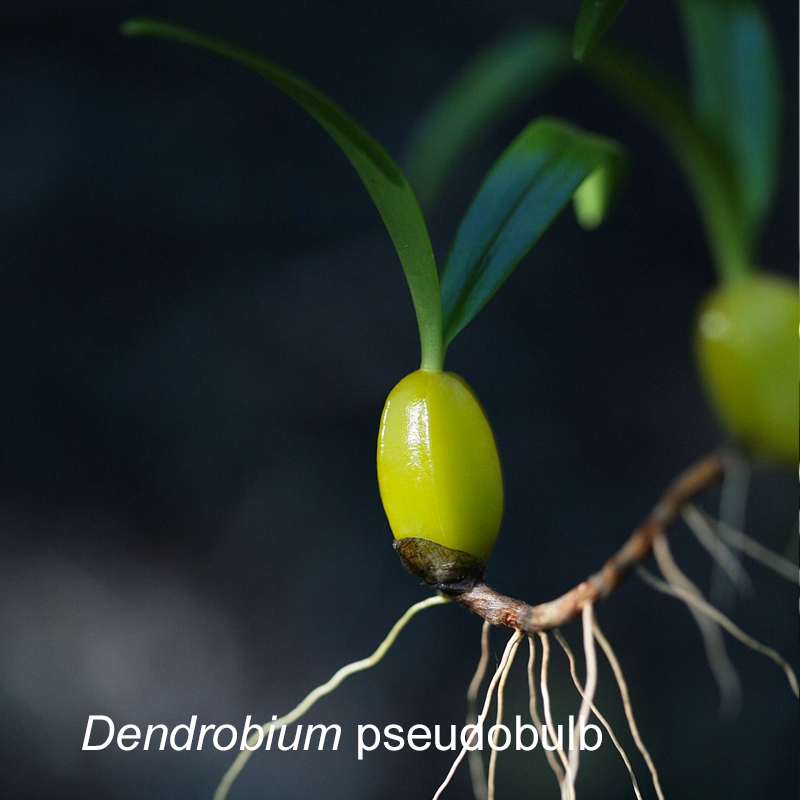
7. What’s that bulb-ish thing coming out of my Dendrobium?
It’s a pseudobulb. All of the above orchids, with the exception of Phalaenopsis, produce pseudobulbs. It’s a storage organ, like a rhizome, containing mostly water and it emerges from the stem between two leaf nodes. Leaves and stems may appear along the length of the pseudobulb and in some cases the flowers emerge from its top. These plants are called sympodial.
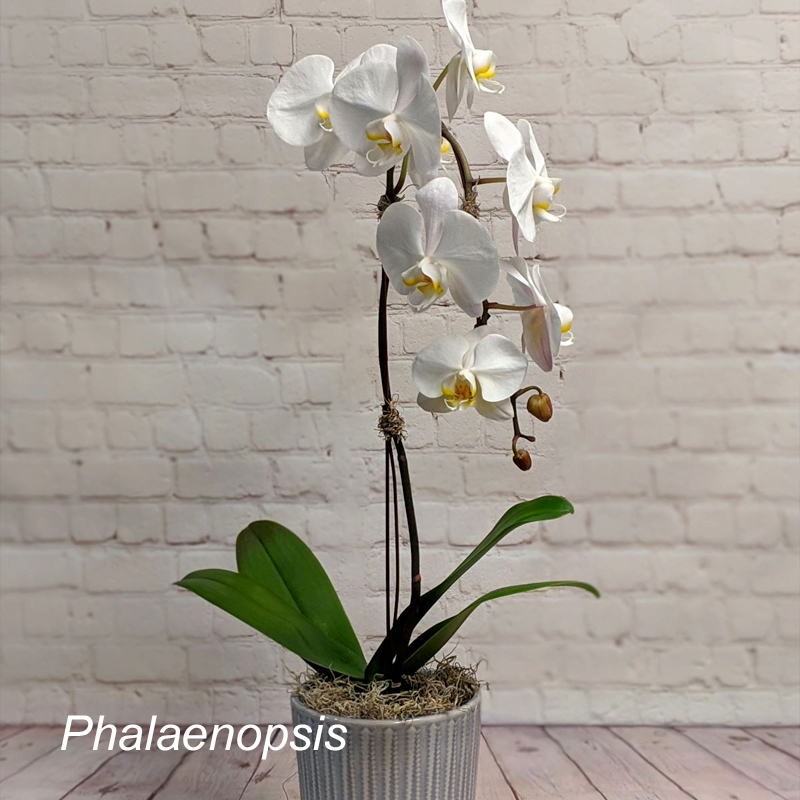
8. Monopodial Phalaenopsis.
Phalaenopsis do not have rhizomes or pseudobulbs. Instead, they belong to the minority group in the orchid family, being monopodial, which simply means they have a central stem from which grow the leaves, the roots and the flowers. The leaves are fleshy and thick because that is where they store their water, just like some succulents. If you have shriveled leaves, it’s a sure sign that you need to increase watering, being sure to let the water run though the plant and thoroughly drain. Under natural conditions, Phalaenopsis grow upside down to allow their roots the best exposure to water and nutrients.
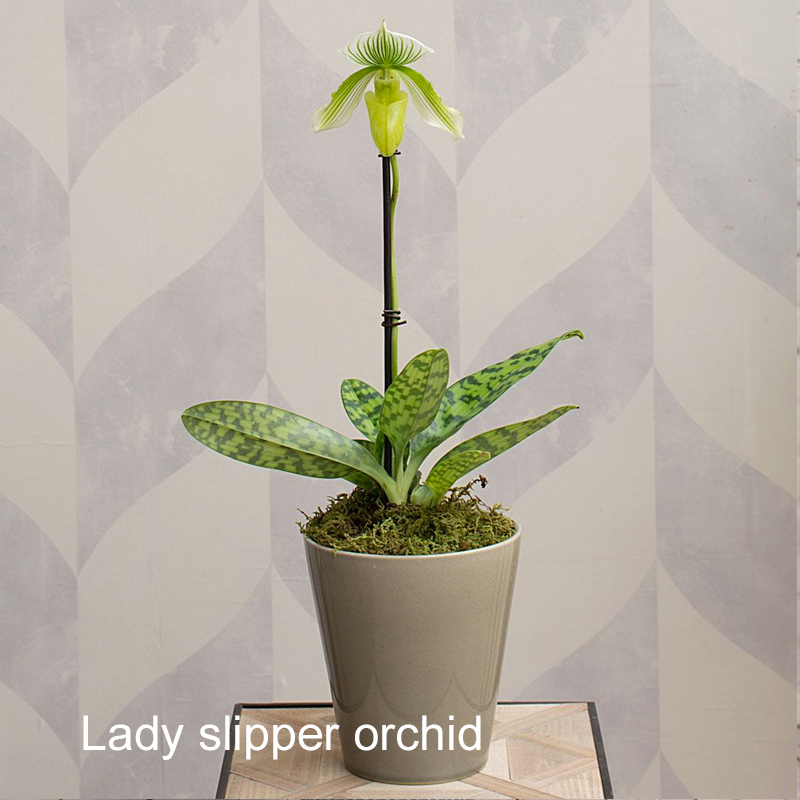
9. Are these the rules, then?
No. There are thousands of different orchids and they all have their own quirks and growing conditions (think of lady slippers, for example), so the rules vary even within these six varieties. If someone gives you an orchid, pay close attention to its full Latin name and do your research for specific care.
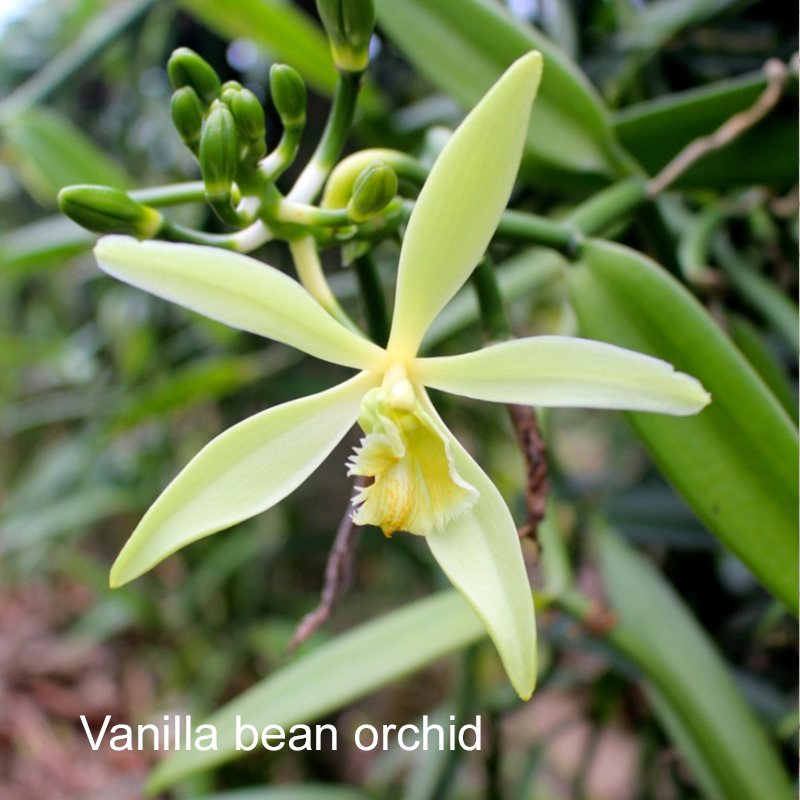
10. Some of the rest.
There are scented orchids, with scents ranging from spicy to savoury to sweet and pungent. There are orchids that lure wasps by emitting scents that smell like meat to the wasp. The vanilla plant is an orchid. In fact, the orchid family has about 28,000 species in about 763 genera. That’s about four times the number of mammal species in the world.
- Dorothy Dobbie Copyright©
Pegasus Publications, Inc.

